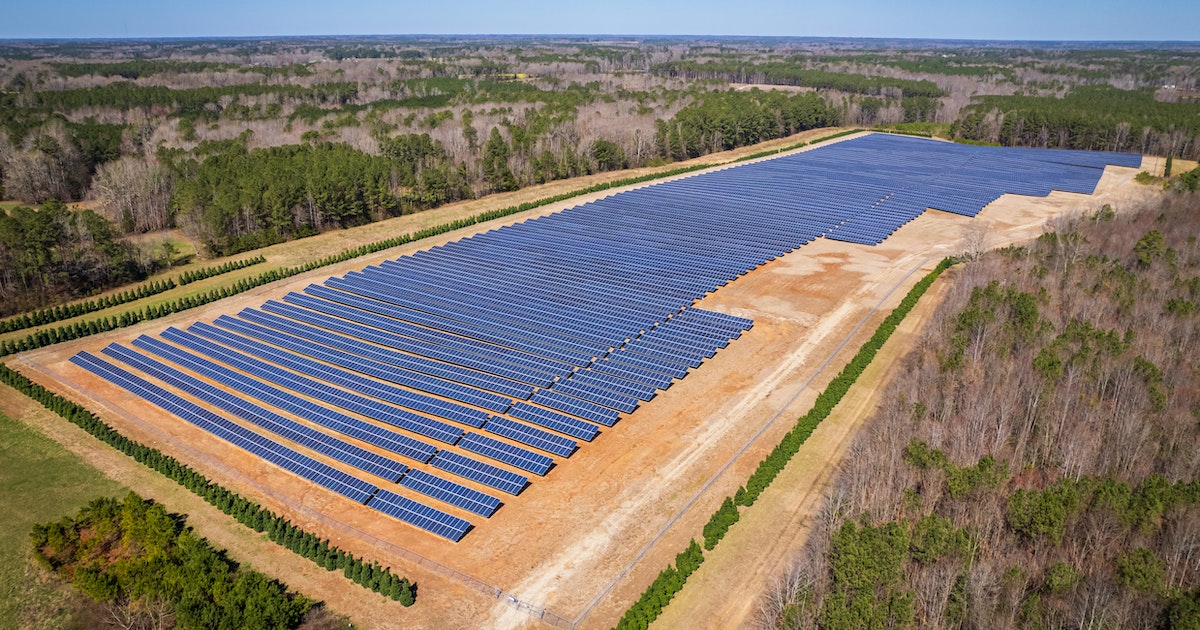Verify the validity of the contractor’s license.
You may check your state’s solar license requirements on a website kept by the Interstate Renewable Energy Council. The installation of solar panels may need a contractor to obtain a specialist license from some states, while in others only a standard electrical license may be sufficient.
A general contractor’s license will suffice in some jurisdictions. In fact, there are several states where licenses aren’t even necessary. The IREC website should be consulted, but only after careful perusal, as solar photovoltaic installation (for generating electricity) typically has different licensing requirements than solar thermal installation (for hot water).
If a license is needed, you can check the company’s credentials online in many jurisdictions, including California. It’s possible that online license databases will simply reveal the most essential details, including whether or not a license is still active.
Keep in mind that not all violations are created equal, and that just because a corporation has a violation on file doesn’t mean you should immediately cross them off your list. Don’t be afraid to approach the firm for clarification if you have questions about a reported infringement.
Finding out if the solar installer is NABCEP board certified is an added bonus to making sure they have the required licenses. Although this accreditation is not required to do business in the field, it is a good indicator that the company is competent.
Inquire about guarantees.
When purchasing a solar system, it is important to carefully examine the manufacturer’s guarantee on each individual component. It is critical that the installer completely explain each one.
A good installer will stand behind their work and the parts they use in your system with a guarantee that includes both, plus the cost of labor to repair or replace anything that breaks.
Photovoltaic panels come with their own warranty, which is typically broken down into two parts: one covering defects in materials and workmanship, and the other covering the panels’ ability to produce the advertised amount of electricity.
